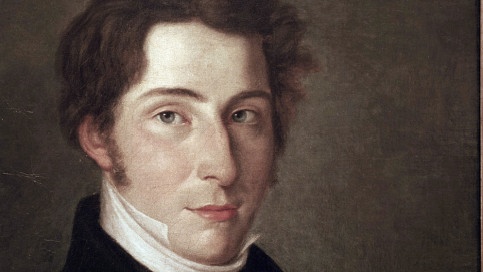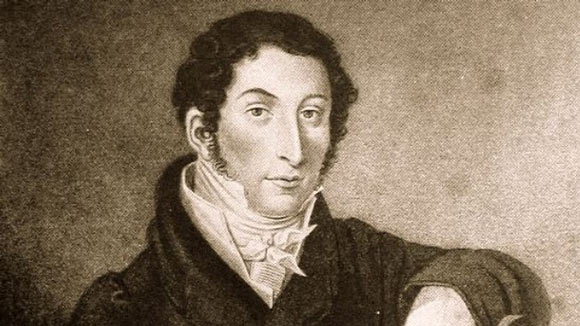
The History of Carl Maria von Weber: A Pioneer of German Romantic Opera
Carl Maria von Weber (1786–1826) was a seminal figure in the development of German Romantic opera. His innovative compositions, rich orchestration, and dramatic storytelling laid[…]

5 Fascinating Facts about Carl Maria von Weber
Carl Maria von Weber, a trailblazing composer of the Romantic era, left a distinct mark on the world of classical music. Known as a pioneer[…]

Top 10 Weber Songs
Carl Maria von Weber, a pivotal figure in the Romantic era of classical music, is celebrated for his contributions to opera, orchestral music, and chamber[…]

Fascinating facts about Carl Maria von Weber
Carl Maria von Weber (1786–1826) was a German composer, conductor, and pianist who played a crucial role in the transition from the Classical to the[…]

The Maestro’s Melodies: The 10 Best Songs by Composer Carl Maria von Weber
When it comes to the world of classical music, Carl Maria von Weber’s name stands tall as one of the most influential composers of the[…]

Carl Maria von Weber: A Musical Innovator and Romantic Composer
In the realm of classical music, Carl Maria von Weber stands as a towering figure of the Romantic era. His innovative compositions and profound influence[…]

Weber – Preciosa, Op. 78 – Music | History
Among Weber’s music for the play Preciosa, a drama that Pius Alexander Wolff derived in 1811 from Cervantes’s “exemplary novella” La Gitanilla, is an overture[…]

Weber – Oberon (or The Elf King’s Oath), J. 306 – Overture – Music | History
Oberon, or The Elf King’s Oath is a 3-act romantic opera in English with spoken dialogue and music by Carl Maria von Weber. The libretto[…]

Weber – Clarinet Concerto No. 2 in E flat major, Op. 74 – III. Polacca alois – Music | History
Weber – Clarinet Concerto No. 2 in E flat major, Op. 74 – III. Polacca alois – Music | History Carl Maria von Weber wrote his[…]

Weber – Clarinet Concerto No. 1 in F minor Op. 73 – Music | History
Weber – Clarinet Concerto No. 1 in F minor Op. 73 – Music | History Carl Maria von Weber wrote his Clarinet Concerto No. 1 in[…]